Glossary of Internet Terms
W
- W3C
The W3C (World Wide Web Consortium) is an international standards organization focused on improving the web. It sets standards that make sure websites are accessible, secure, and optimized for all devices, while also promoting a more open and collaborative environment on the web. This helps ensure the best possible user experience across all web applications.
- Way Back Machine
The Way Back Machine is an online archive of historical web pages. It is a digital time capsule, preserving snapshots of webpages over time to help preserve history and facilitate research. With the Way Back Machine, you can access billions of webpages from archived versions of websites so you can see how things used to be. You can explore the past and get inspired by what has come before.
- WAI
WAI stands for Web Accessibility Initiative and is a project by the World Wide Web Consortium (W3C). This initiative’s goal is to make sure websites are accessible and usable by people with disabilities. WAI develops guidelines, tools, training, and support materials that enable organizations to make their websites more accessible. WAI is a critical part of making sure the web is accessible to all.
- Web Server
A web server is used for hosting websites and web applications. It allows customers to make their websites available on the internet, so that users can access them from any device. Web servers are typically connected to a powerful computer system that runs 24/7, providing computing power when needed. This enables customers to display their website and serve up content quickly and reliably.
- WWW
www stands for World Wide Web and is the foundation of the internet. It is a network of connected computers that allow people to access websites, online applications, and other services. By using www, customers can explore the web and easily find whatever they need online.
X
- XML
XML (eXtensible Markup Language) is a markup language used for structuring, storing and transporting data. It can be used to exchange information between different applications, platforms and organizations. XML is widely used on the web due to its ability to store large amounts of data in a well-structured way.
- XHTML
XHTML is a markup language used for creating websites and applications. It’s the successor to HTML, so it follows all of its principles but is more strict and structured. It’s designed to be backward compatible with existing HTML-based websites, meaning that you can use XHTML to update and improve your website without having to completely rebuild it. This makes it incredibly useful for developers who want to create modern, responsive websites without starting from scratch.
Y
- YMYL Pages
YMYL Pages are webpages that have a direct impact on the reader’s health and wellbeing, finances, and safety. Examples include doctor websites, health advice sites, and government services. These pages require that extra attention is given to ensuring accuracy of information presented, as well as security for transactions. YMYL Pages has you covered with our rigorous standards for accuracy and security so you can be sure your customers are taken care of.
Z
- Z-Index
An element’s z-index determines how it is displayed in relation to other elements that are stacked in the same space. A higher z-index will mean that the element will be displayed above other elements with lower z-indexes. This can be beneficial when creating complex web designs with overlapping elements. CSS allows you to set a z-index value for each element, allowing you to define which element should appear on top of the others.

